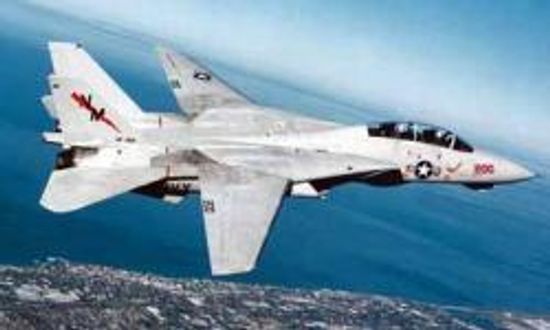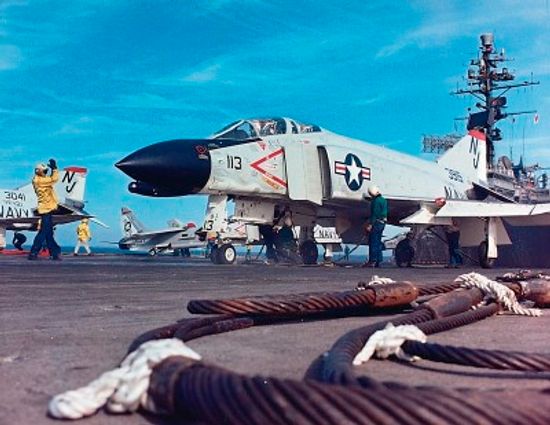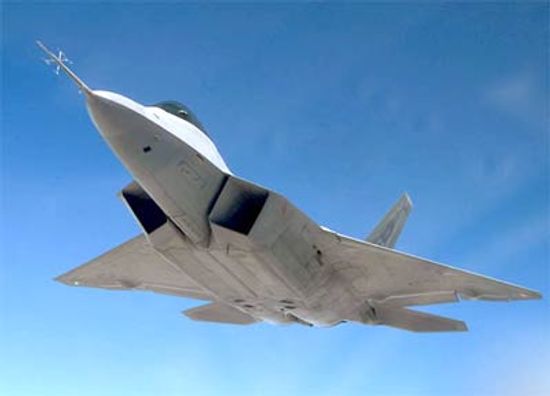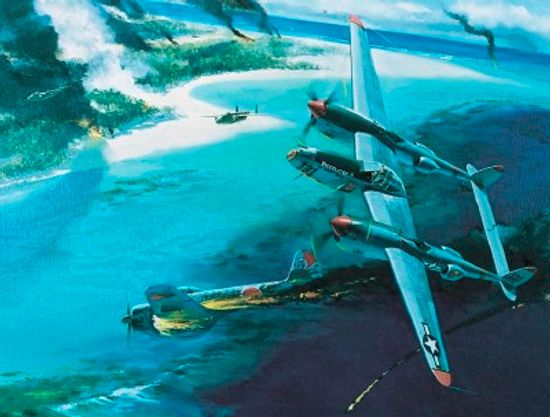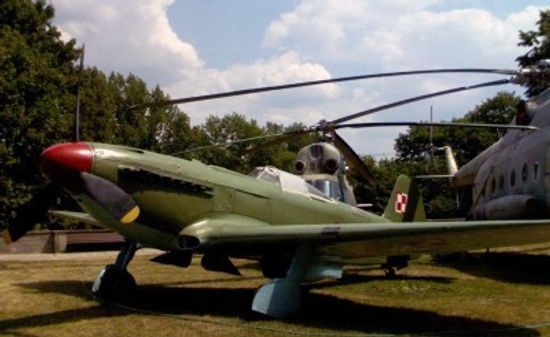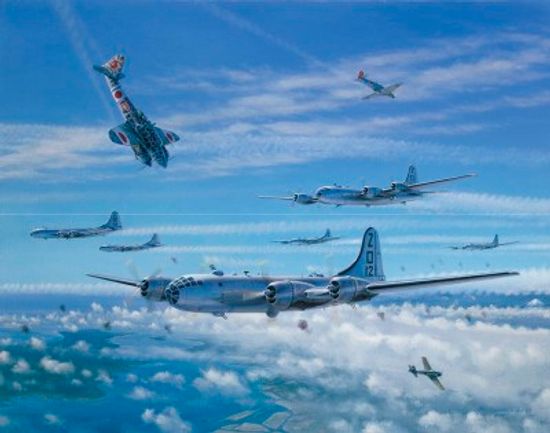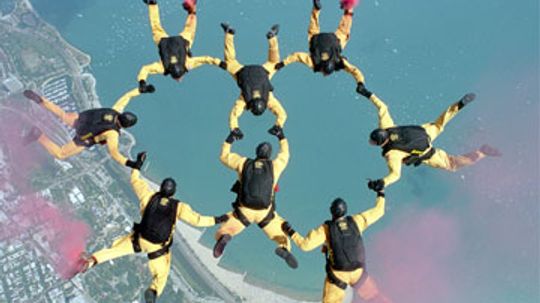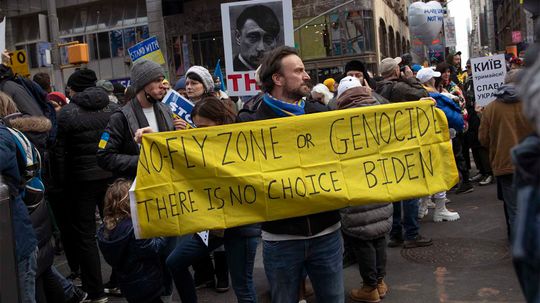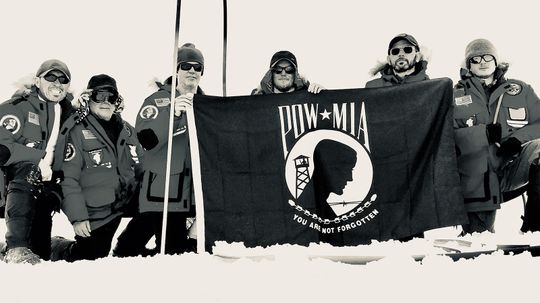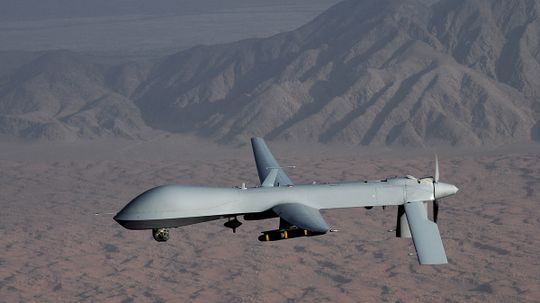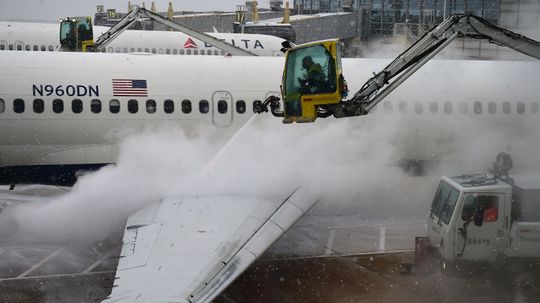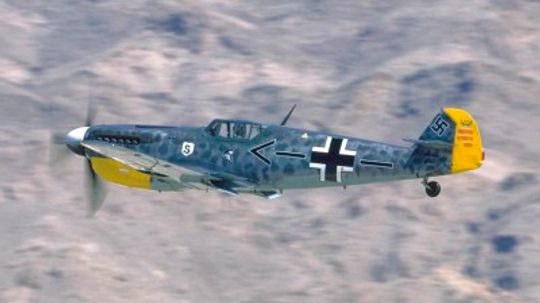Military Aircraft
This section covers the workings of military aircraft, including fighter jets and attack helicopters. Learn how these aircraft work and how they are used in military operations.
Learn More / Page 2
The thrilling roar of fighter jets performing a military flyover is now a common experience at many big events. In fact, the military approves most of the 850 or so flyover requests submitted annually. What does it take to arrange a flyover?
Ukrainian President Volodymyr Zelenskyy has called on NATO to impose a no-fly zone over Ukraine, but so far NATO has refused. Could a no-fly zone bring Putin's invasion to an end? How would it be enforced?
The search team used a radar-equipped drone to locate a P-38 from the so-called "Lost Squadron" that crash-landed in Greenland in 1942. But the story doesn't end there.
Advertisement
We know how drone strikes are supposed to work: After careful monitoring, the bad guy is targeted and taken out. The reality is often much hazier - and deadlier.
If you're traveling during the winter time, there's a good chance that your flight may be delayed because the plane needs deicing. Why do they wait until the last minute to do this?
The Messerschmitt Bf 109 is one of few fighters ever to be developed from a light-plane design. Willy Messerschmitt's angular little plane was built in greater numbers than any other fighter. Read how the Bf 109 has been so successful and long-lived.
